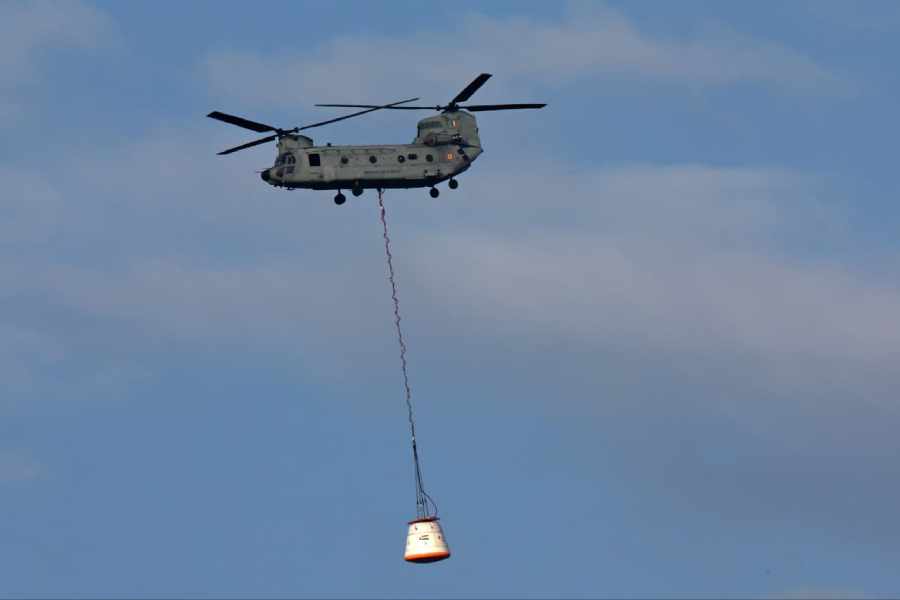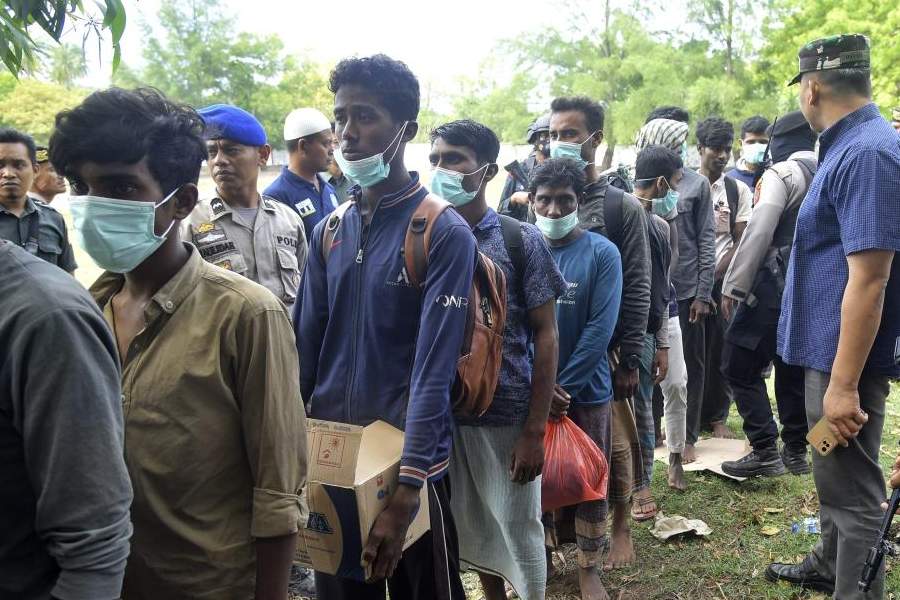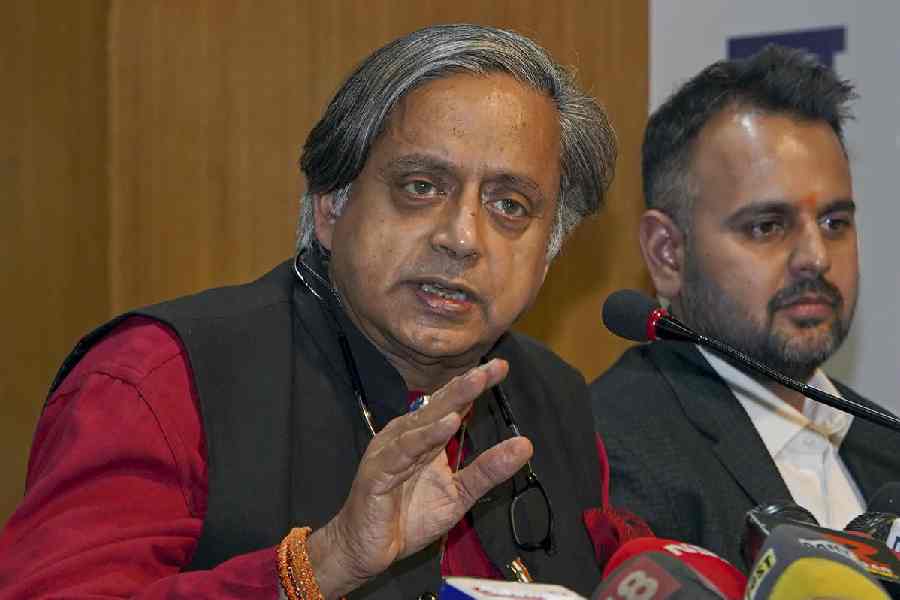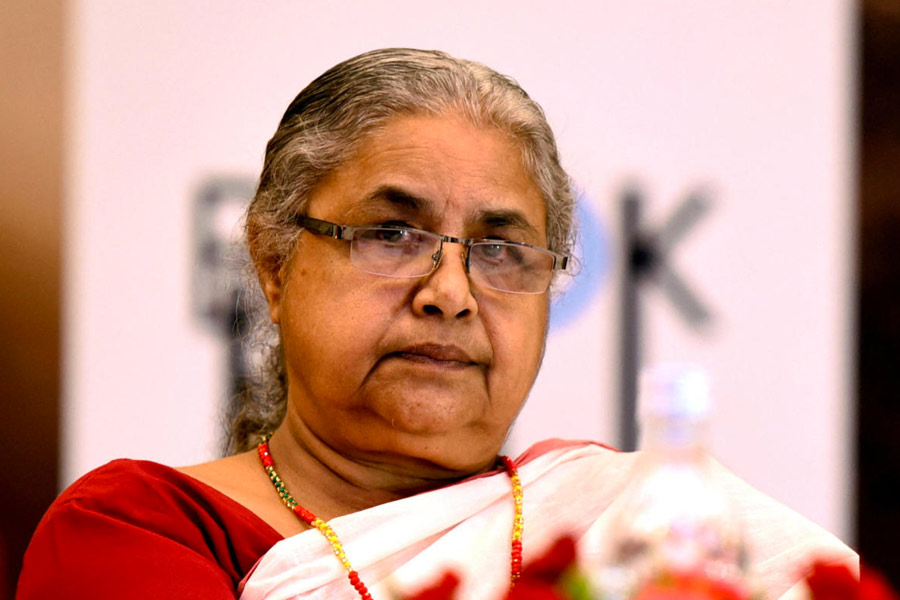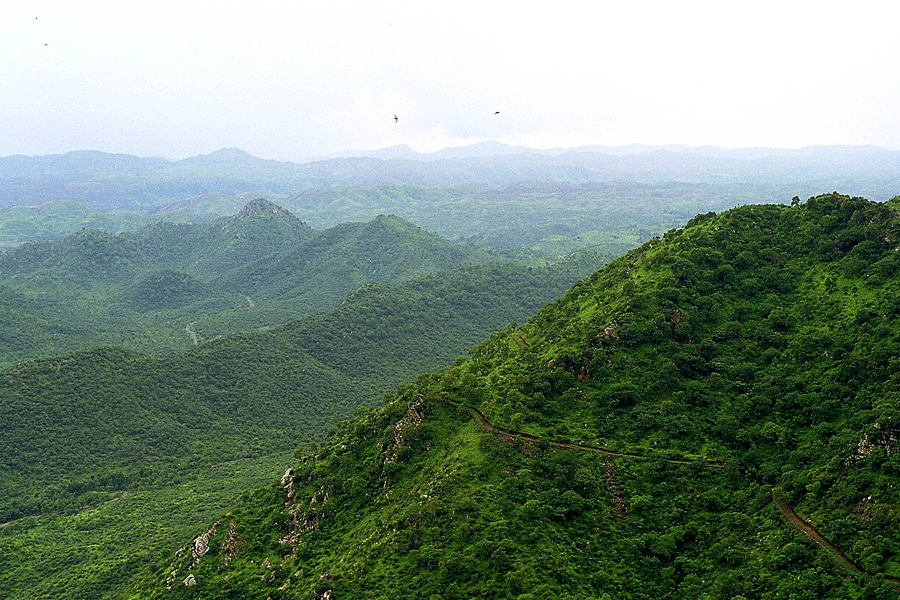The Indian Space Research Organisation (Isro) on Sunday carried out its first Integrated Air Drop Test (IADT-01) of the parachute-based deceleration system developed for the Gaganyaan programme.
The test validates the parachute system for the upcoming Gaganyaan mission, which aims to send humans into space.
The IADT-01 was a collaborative effort involving Isro, Indian Air Force (IAF), Defence Research and Development Organisation (DRDO), Indian Navy, and Coast Guard.
The test evaluated the full parachute deployment sequence — including extraction, drogue chute deployment, and final main parachute activation — to simulate real atmospheric re-entry conditions.
“ISRO successfully accomplishes first Integrated Air Drop Test (IADT-01) for end to end demonstration of parachute based deceleration system for Gaganyaan missions. This test is a joint effort of ISRO, Indian Air Force, DRDO,Indian Navy and Indian Coast Guard," Isro wrote on X.
Earlier Sunday, defence minister Rajnath Singh said Gaganyaan mission symbolises a "new chapter" in the journey of Atmanirbhar Bharat and called astronaut Shubhanshu Shukla and the other three chosen Gaganyatris as country's "gems" and pioneers of national aspirations.
"We do not see space only as a field of research, but as the future of tomorrow's economy, security, energy, and humanity," Singh said.
He said that India is advancing beyond the Earth's surface into "new frontiers of space." "We've already marked our presence from Moon to Mars, and today, the nation stands fully prepared for missions like Gaganyaan," the defence minister said.
Union minister for science and technology Jitendra Singh has said that the development and ground testing of the Human Rated Launch Vehicle (HLVM3) for India’s first human spaceflight mission, Gaganyaan, has been successfully completed, ANI reported.
In a written reply in the Lok Sabha, Singh stated, "As per the vision envisaged by the Government of India to land an Indian on the moon by 2040, the mission aspects, configuration of the launch vehicle and orbital module systems have been taken up. Training modules, including incremental training for the ongoing Gaganyaan programme and the proposed landing of an Indian on the Moon, are in line with the requirements of mission timelines."
In 2027, India will attempt its first human spaceflight under the Gaganyaan mission, followed by Chandrayaan-4 in 2028, a mission to Venus, and the establishment of the proposed Bharat Antariksh Station by 2035.
Singh said the country has also set its sights on placing an Indian astronaut on the Moon by 2040, reported PTI.
The uncrewed Gaganyaan mission is set for launch in December 2025, with the first crewed mission planned for 2028.
When completed, India will become the fourth country to achieve independent human spaceflight, after Russia, the US, and China.
The crewed mission aims to carry three astronauts to low Earth orbit (400 km) for up to three days before a safe return.
Isro will conduct additional parachute validation trials, pad abort tests, and sea recovery rehearsals in the coming months to ensure operational readiness.

